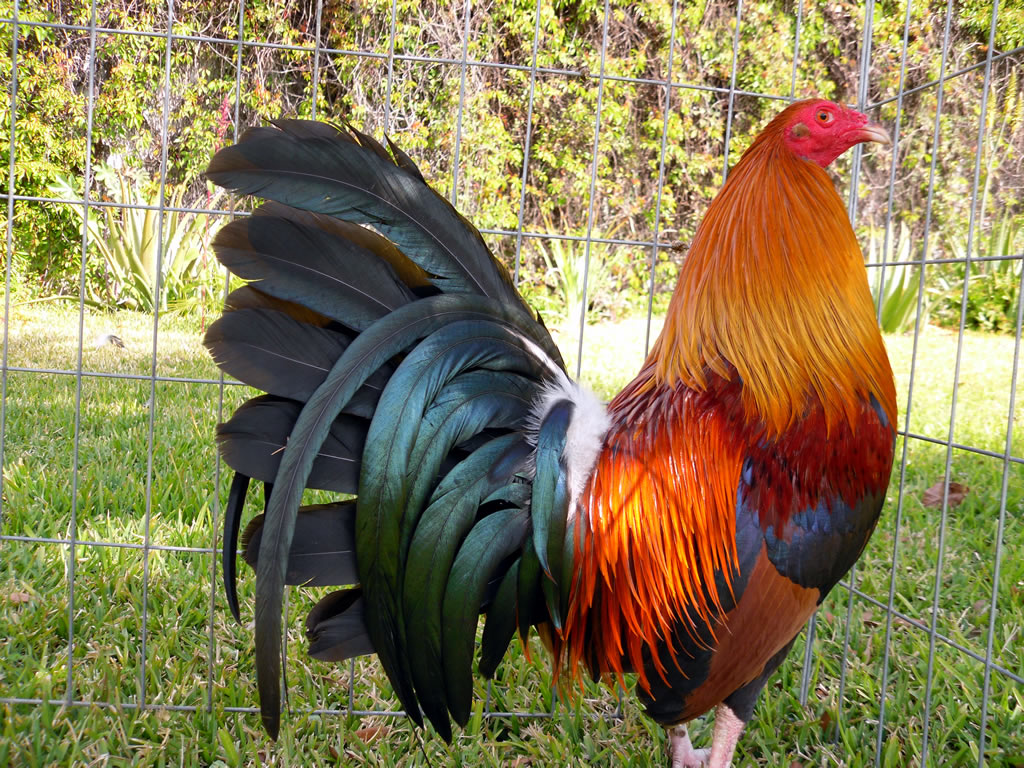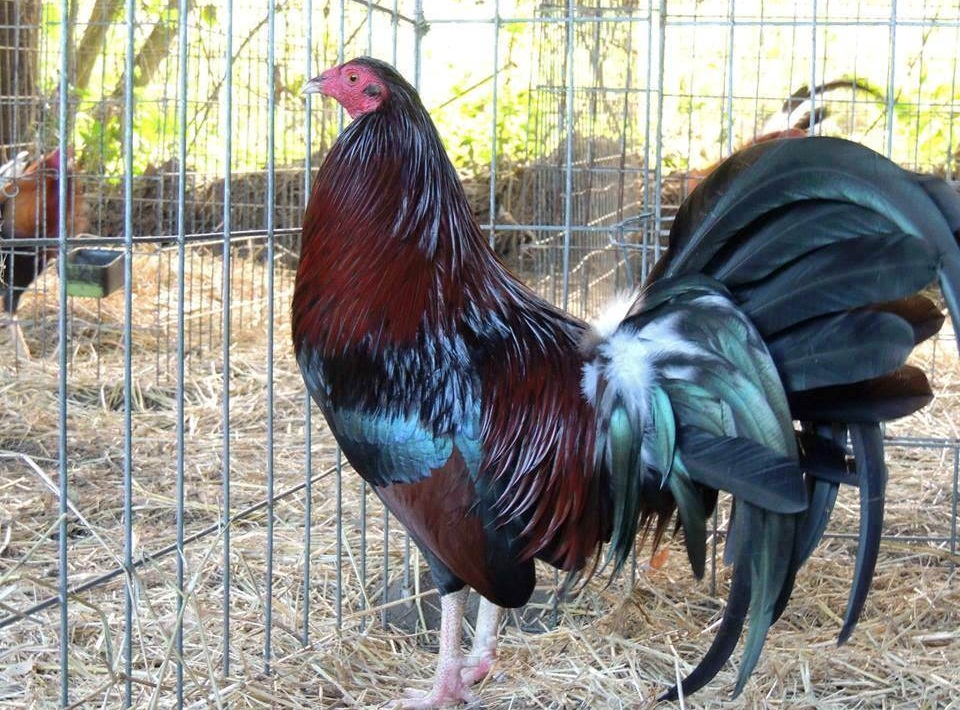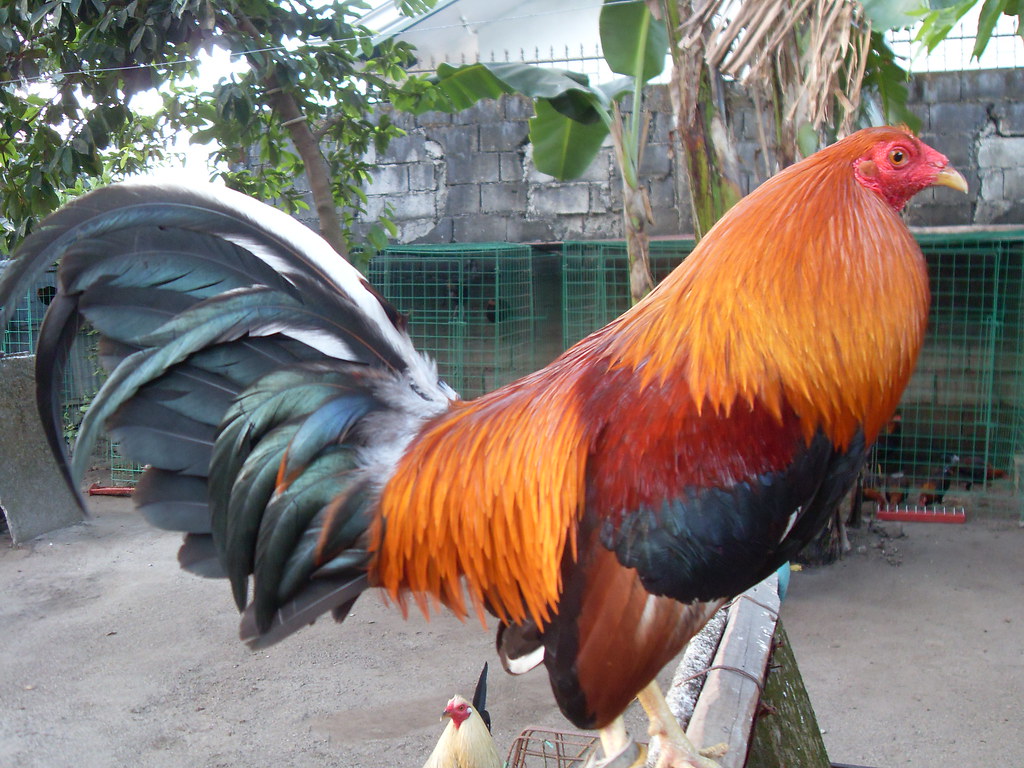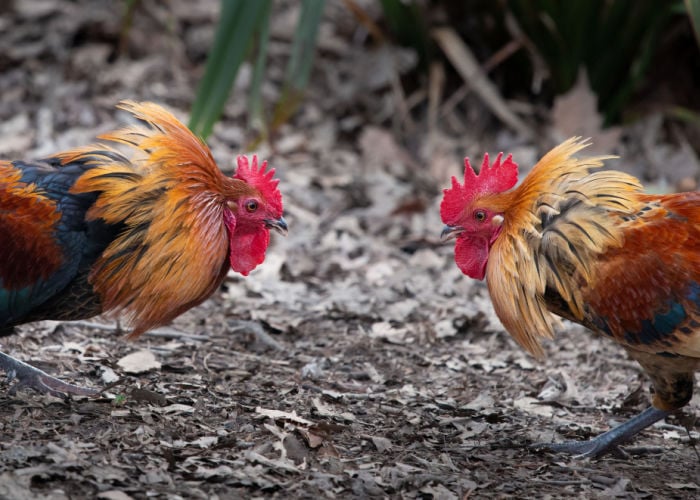
Are you interested in learning about special roosters that fight? Well, the top choice in that category is Kelso. Kelso roosters are known to be the best at fighting. If you're someone who loves chickens or gamefowls that fight, you've probably come across the Kelso breed.
This type of chicken has a really interesting history and unique qualities that make it stand out. The Kelso breed is famous for its impressive fighting skills and has a special place among chicken varieties. In this detailed guide by the Poultry Farm Guide, we'll dive into the world of Kelso chickens, exploring their history, traits, fighting techniques, characteristics, bloodline, and more.
What is a Kelso Chicken?

The Kelso chicken, also referred to as the Kelso gamefowl, has its roots dating back to the mid-20th century. This breed is well-known for its outstanding qualities and versatility. These chickens stand out due to their striking appearance, intelligent behavior, and impressive fighting skills. What sets Kelso apart? Well, it's their unique fighting style.
Unlike other fighting roosters that leap onto their opponents, Kelso chickens have a different approach. They use a weaving and shuffling technique. This strategy often catches their less intelligent opponents off guard, leading them to repeatedly jump onto the Kelso's sharp spurs.
Apart from their success in the world of cockfighting, Kelso chickens have also found popularity on farms and among poultry enthusiasts who appreciate their distinct characteristics. Interestingly, every breeder of Kelso chickens develops their own bloodline. Yet, finding pure Kelso chickens isn't too hard.
If you're curious about their appearance, most Kelso chickens have straight combs and white legs. However, you might come across some with yellow legs as well. The ratio of those with white legs to yellow legs is 2:1.
Ever wondered why they're called Kelso? That's because they were originally bred by Walter Kelso, and the breed is named after him. The Poultry Farm Guide offers many intriguing insights about Kelso chickens. These birds have multiple lines, often referred to as families. We'll share their history, lines, and characteristics with you.
In our comprehensive Satin Silkie Chickens: Complete Guide, we delve into every aspect of raising these captivating and unique poultry creatures, offering valuable insights into their care, characteristics, and much more, ensuring that both novice and seasoned chicken lovers are well-equipped to provide the utmost attention and consideration these delightful birds deserve.
Characteristics of Kelso Chickens

Kelso chickens stand out from other breeds because they're really popular nowadays. Their unique appearance adds to their specialness. Are you interested in buying the Kelso in the popular color? These are the famous Kelsos with yellow feathers, white and yellow legs, and distinctive round or square heads, often with turkey-like crests.
Have you heard of the white Kelso? This version comes about because of the diversity in their bloodlines. Kelso chickens are famous for being different from other types of chickens. They have a medium-sized body with well-defined muscles. Their feathers come in various colors and patterns that make them look really nice.
They can have feathers in earthy tones or even striking blacks, with detailed designs that catch your attention. When it comes to how they act, Kelso chickens are smart and pay attention to what's happening around them. They learn quickly and can adjust to different places easily.
People who like raising chickens and breeders enjoy working with them because they're curious and always alert. The way Kelso chickens look is one of their standout features. They're medium-sized with strong muscles, and they look both powerful and elegant. Their feathers have many different colors, from earthy ones to deep blacks.
The patterns on their feathers are really interesting and each bird looks one-of-a-kind. But it's not just their appearance that's impressive. Kelso chickens are also known for being clever and curious. They're really good at getting used to different places and situations. This makes them a favorite among people who like raising chickens, especially those who care about how chickens look and how they behave.
Can chickens eat onions? Facts nobody told you reveal the surprising truth about whether onions are safe for your feathered friends to consume, shedding light on the potential risks and benefits of incorporating this pungent vegetable into their diet.
Kelso as a Game Fowl

The history of the Kelso chicken is closely connected to its position as a gamefowl. These birds have gained recognition in the competitive realm of cockfighting due to their distinctive combat tactics and bloodline.
• Kelso Fighting Style
Their unique trait lies in their avoidance of jumping onto their adversaries, which has earned them the moniker "ground pugilists." On the battleground, they possess all the advantages of a skilled fighter.
Their shrewd tactic involves sidestepping before launching an attack, a maneuver exclusive to them. This maneuver is a signature of the Kelso breed. The fighting style of Kelso gamefowls stands out due to its calculated and strategic nature.
In contrast to certain other breeds that rely on sheer aggression, Kelso gamefowls are celebrated for their astute decision-making during battles. Their agility is combined with thoughtful maneuvers, solidifying their reputation as formidable contenders in cockfighting arenas.
• White Kelso Fighting Style
The White Kelso variant upholds the fundamental qualities of the Kelso breed, while introducing a unique color variation. These White Kelsos display a comparable combat technique that highlights rapid and precise actions to outwit their opponents.
• Popular Kelso Bloodline
You might be curious about what bloodlines are. The Kelso bloodline holds significant esteem within the community of breeders and gamefowl enthusiasts. This bloodline's renown for yielding adept and tough combatants has played a significant role in its widespread appeal. Bloodlines result from various crossbreeding efforts, and we're here to introduce the two most renowned lines.
1. Colored feathers with white or yellow feet.
2. Yellow feathers with yellow feet.
Isn't it remarkable that they've managed to endure even up to the present day? What's been their secret for survival? Their exceptional qualities are what have ensured their continued existence. Their remarkable attributes have led them to be bred with other breeds due to their astonishing capabilities.
It's truly surprising that they've been successfully crossed with nearly every breed. In addition to their distinct evolution, their outstanding combat abilities contribute to making them a well-rounded breed.
It's no surprise to discover that Kelso fighting cocks are among the most refined lineages of gamefowls. Unlike many other lines that degrade after mating, this isn't the case with Kelsos.
Discover the captivating world of poultry farming with our in-depth Rutin Chicken Breed: All You Need to Know guide, where we unravel the fascinating traits, care requirements, breeding intricacies, and practical tips for raising and nurturing these unique chickens.
Types of Kelso Gamefowl

Enthusiasts and breeders value various kinds of Kelso gamefowls. Examples of these variations include Jumper Kelso Roosters, Combat Kelso Roosters, and Cardinal Kelso, among others. While each type preserves the fundamental traits of the Kelso breed, they also provide subtle differences in both looks and fighting techniques.
• Jumper Kelso Roosters
If you're a genuine enthusiast of Kelso chickens, you're likely familiar with the distinctive Out and Out Kelso variety. This remarkable breed is recognized by its yellow feathers and yellow-white legs. The credit for originating this breed goes to breeder Johnnie Jumper, who developed them.
These Kelso roosters exhibit both round and square head shapes. In Mexico, following Jumper's success, another family began breeding Kelso roosters with similar qualities. Their consistent victories have established them as one of the most accomplished families.
• Combat Kelso Roosters
Kelso chickens have the versatility to be crossed with various other bloodlines. Are you curious about their commonly chosen breeding companions? These birds are often successfully crossed with bloodlines such as sweater roosters, hatch, radio, and brown-red roosters. It's safe to say that in Mexico, these birds are a common sight in every derby event.
• Pure Blood Kelso Stallion
To begin, we'd like to address a common misconception held by many. The notion of "pure-blood Kelso roosters" is inaccurate. Instead, we advocate for the term "Kelso stallion." Prior to breeding, it's important to determine the style of fighting you desire.
While they have the ability to crossbreed with various strains, certain stallions excel in ground fighting, while others perform well in aerial combat. Reflect on your preference and choose accordingly.
• Cardinal Kelso
Introducing another distinct lineage of Kelsos - the Cardinal Kelsos. These birds exhibit dark feathers and sport yellow legs. In addition to their combat abilities, what sets them apart? Well, they possess both pea combs and straight combs.
As for their fighting style, they excel in both ground and aerial combat, showcasing precise timing and exceptional cutting skills. Notably, their bone structure and physical build are outstanding, contributing to their prowess.
What is a young male chicken called? Exploring the intricacies of poultry terminology, we delve into the answer to this common question and uncover the fascinating identity and role of a young male chicken within the larger context of poultry farming.

Conclusion
Kelso fowls, a variant of American gamefowls, trace their roots back to Walter A. Kelso. Renowned as one of the most popular American gamefowls, they are perpetually sought after for their heightened stamina and strength, prompting breeders to consistently engage in crossbreeding.
If you're a Kelso enthusiast aspiring to breed your own gamefowls, obtaining a remarkable Kelso broodstock and establishing lineages is advisable. The story of Kelso chickens serves as a testament to the confluence of history, expertise, and inherent qualities. Originating from Walter A.
Kelso's endeavors, their wide array of fighting styles and lineage exemplifies their enduring appeal among poultry lover globally. Whether their astute demeanor captures your admiration or their strategic combat techniques resonate with you, Kelso chickens have truly made an unforgettable impact on the realm of poultry.
Share on Twitter Share on Facebook
Comments
There are currently no comments
New Comment